The three arcane spellcasting classes in Dungeons & Dragons, Warlock, Wizard, and Sorcerer, are among the most popular jobs in the game due to how they can bend reality to their will in different ways. All three spellcasting roles have just received an overhaul in the new Unearthed Arcana article for D&D 5E, with exclusive new spells available for each that drastically improve each class and help them to expand their powers in exciting ways.
Related: DnD 5E Should Make Popular Potion Homebrew Rule Canon
D&D’s Warlock Has Turned Pact Boons Into Powerful Cantrips

In the new Unearthed Arcana article for D&D, available on D&D Beyond, Warlocks now pick their subclass at level 3, but they gain their Pact Boon at level 1. The three Pact Boons from the Player’s Handbook have now been turned into Cantrips, with Pact of the Tome replaced with book of shadows, Pact of the Blade replaced with pact weapon, and Pact of the Chain replaced with pact familiar. This is coupled with the fact that Warlocks now get eldritch blast and hex for free, as well as two level 1 spells and two Cantrips.
Book of Shadows is the ideal choice for spell-focused Warlocks, as it gives them even more magic, with two extra Cantrips and two Ritual spells from any of the three class spell lists. Once the caster reaches level 5, they add their Spellcasting Ability modifier to their Cantrips, removing the need to take the Agonizing Blast Invocation, assuming they’re willing to wait for a few levels to get its effects.
Pact weapon is perfect for warrior Warlocks, especially as the class now gets Medium Armor proficiency. This Cantrip summons a magical melee weapon with an attack/damage bonus equal to the caster’s Spellcasting Ability modifier rather than Strength or Dexterity, gives them proficiency with the weapon if they lack it, and grants the weapon the Returning property. This is a massive improvement over Pact of the Blade, and it will be a huge boon for the next iteration of the Hexblade subclass.
Pact Familiar is superior to Pact of the Chain in every way. This Cantrip summons a creature that grows stronger as the Warlock levels up, can fight on its own during combat, becomes stronger as it levels up, and can share senses with its master. This is like giving the Warlock a Pokémon of their own, which becomes more potent throughout the game rather than becoming useless after a few levels.
D&D’s Wizard Can Now Make Their Own Spells
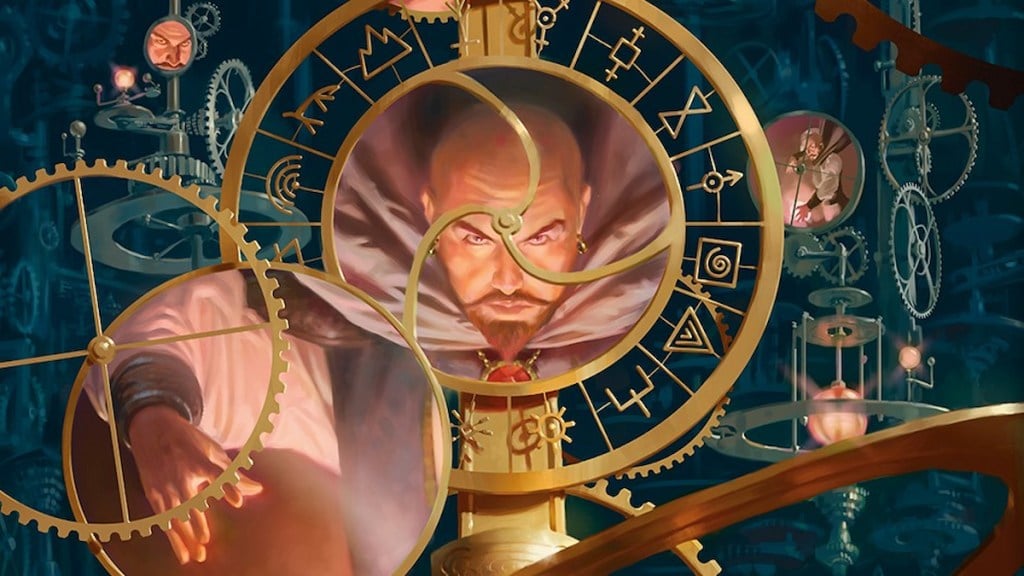
In Unearthed Arcana, the Wizard has gained four new exclusive spells: create spell, memorize spell, modify spell, and scribe scroll. Of these four, scribe scroll is the least interesting, as it simply turns a former class feature into a spell. Meanwhile, memorize spell lets the Wizard switch out part of their repertoire, but it’s most useful as a ritual, so there won’t always be time to use it without burning slots.
The most interesting new addition in the entire Unearthed Arcana article is modify spell, which lets the Wizard alter the restrictions of a memorized spell. This includes changing its component needs (except for the ones that cost money), whether it requires Concentration, changing its damage type, increasing its range, giving the Ritual tag to spells with a ten-minute casting time, or ensuring that the spell only affects your allies or your enemies.
There are all kinds of amazing options available with modify spell. Are you fighting a group of fire-immune devils? Turn your fireball into an iceball. Do you want to throw out a confusion but don’t want your allies hitting each other? Alter it so it only affects your foes. Want to cast heroes’ feast without burning a level 6 spell slot? Give it the Ritual tag.
Some of these effects are similar to the ones produced by the Sorcerer’s Metamagic feature, but Wizards can use create spell to make the effect permanent and add it to their spellbook. This process isn’t cheap, costing 1000 gold pieces per level of the spell, but once it’s written in the book, it’s permanent, and the caster can memorize it without needing to modify the spell. This will give mid to high-level Wizards unparalleled flexibility with their spellcasting options.
D&D’s Sorcerers Can Blast Enemies With Pure Elemental Chaos

The Unearthed Arcana version of the Sorcerer receives exclusive spells, with the sorcerous burst Cantrip and chaos bolt spell at level 1, sorcerous vitality at level 5, arcane eruption at level 7, and sorcery incarnate at level 9. All of these are part of the class itself, and the player doesn’t need to use any of the Sorcerer’s limited spell selection to pick them.
Sorcerous burst is a ranged attack that deals 1d6 damage, which isn’t great on its own, but the player can select any element except Force, Necrotic, or Radiant when using it, and if they roll a 6 on the damage dice, then they can roll another 1d6, and they can keep adding dice, so long as they keep getting 6s. This Cantrip adds more damage dice as the Sorcerer levels up, giving them more chances to roll a 6 and keeping the damage train running.
Chaos bolt is a level 1 spell that’s similar to sorcerous burst, as it’s a ranged spell attack that deals 2d8 + 1d6 damage, with the number on the d8s determining its elemental damage type. If the player rolls the same number twice on the d8s, then chaos bolt can attack another target within 30ft, which could potentially hit someone else if the same numbers are rolled again. Chaos bolt isn’t quite as good as sorcerous bolt, as it involves more attack rolls and the need for two of the same number to be rolled twice, making it a riskier prospect, especially as it requires a spell slot to cast. The riskiness factor isn’t worth it compared to the reliability of magic missile, but at least it’s a free addition to the list.

Sorcerous vitality is a level 3 spell that might not seem like much on the surface, as it heals the Sorcerer for 2d6 + Charisma modifier. This spell is so good because it also removes the Blinded, Deafend, and Poisoned conditions, which are incredibly annoying and can ruin a caster’s day. However, sorcerous vitality should probably be a Bonus Action spell, as the healing amount is a bit low for the spell’s level and the fact that it takes an Action to cast. It’s still a great spell, but giving the Sorcerer a chance to throw out a Cantrip would make it more appealing.
Arcane eruption is a level 4 spell that lets the player select from the same elemental damage types as sorcerous burst, creating a 20ft sphere that hits those within for 6d6 damage or half on a Constitution saving throw. This spell is powerful because it can inflict one of six status effects, with each tied to a number on a d6. There is a chance this spell can hit an enemy with Incapacitated, Blinded, or Charmed for a turn, which can be devastatingly powerful when inflicted at the right time.
Sorcery incarnate is a level 5 spell that gives back 1d4 Sorcery Points that have been used, grants Advantage on spell attack rolls, allows the caster to use two Metamagic options on a spell, and only requires a Bonus Action to cast. This is a perfect boss fight spell, as it gives the character a chance to go all out for a short period and burn through Sorcery Points to empower their spells with multiple Metamagic upgrades, so long as they can maintain concentration on the spell.
Related: Dungeons & Dragons: Starting Tips For New Players
The three arcane spellcaster classes have all been buffed in different ways. The Wizard has gained some of the Sorcerer’s spell customization options, the Warlock has better tools for fulfilling its chosen role in the party, and the Sorcerer has more combat spells built into the class, allowing the player to branch out a little more with their other magical choices. These upgrades will likely be tweaked before they reach the next Player’s Handbook in 2024, so players who want to see these classes changed need to be ready to fill out the feedback surveys and to send them off to Wizards of the Coast.

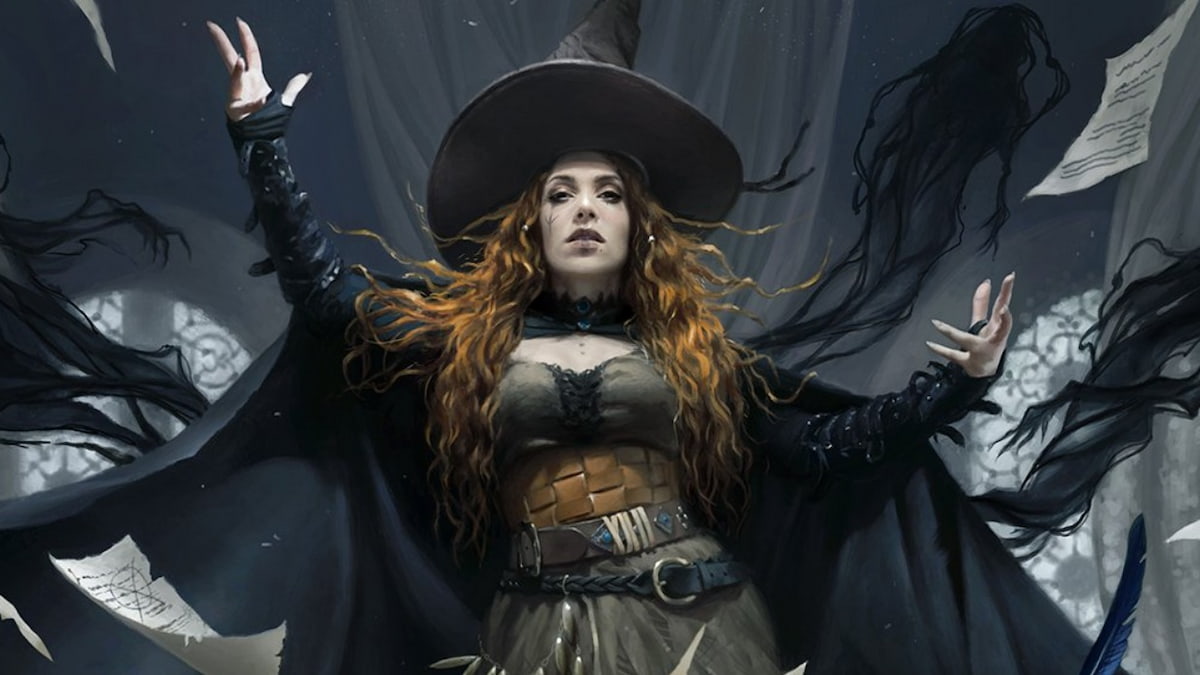
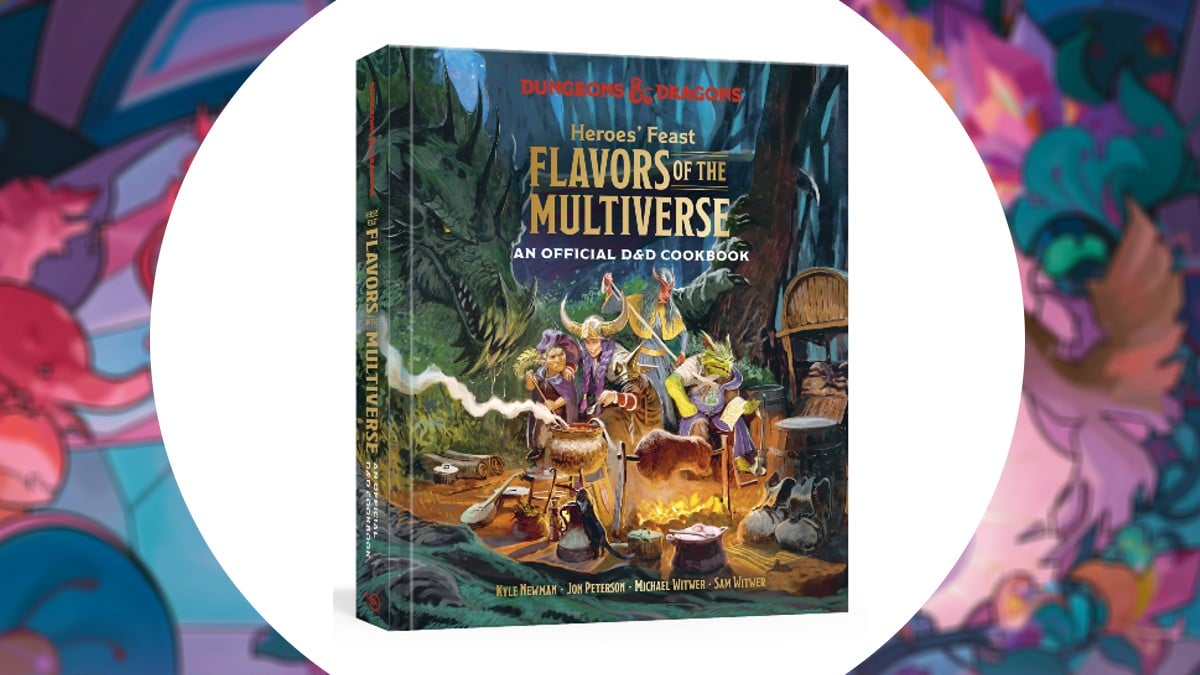

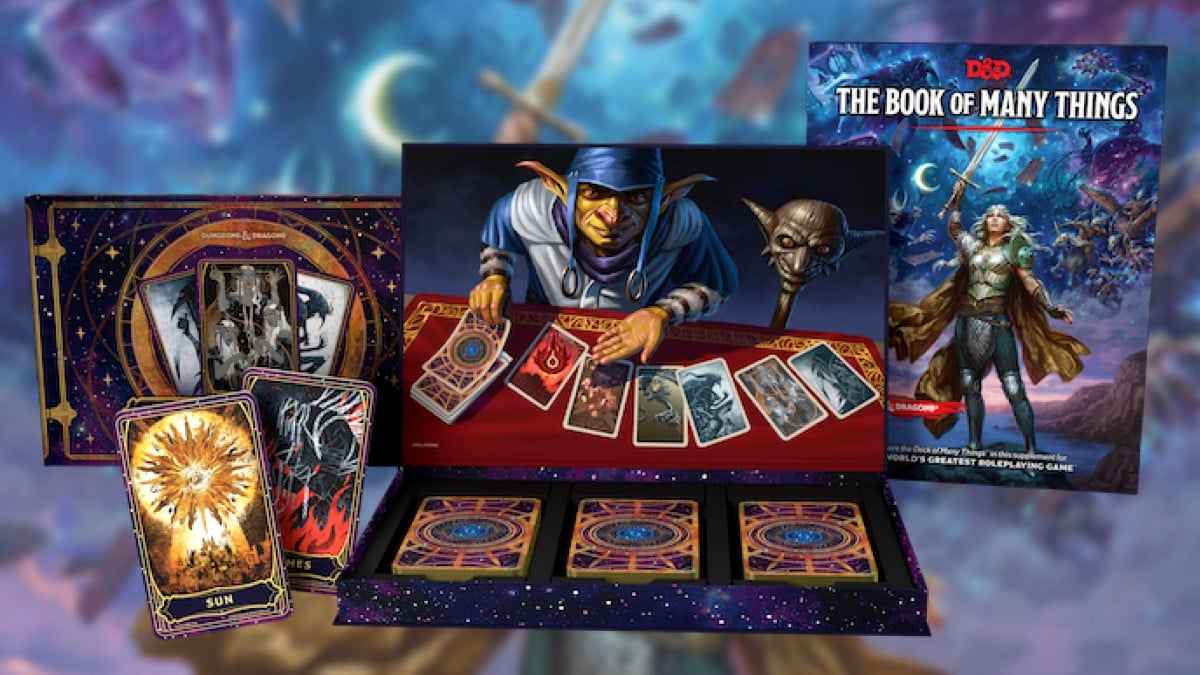
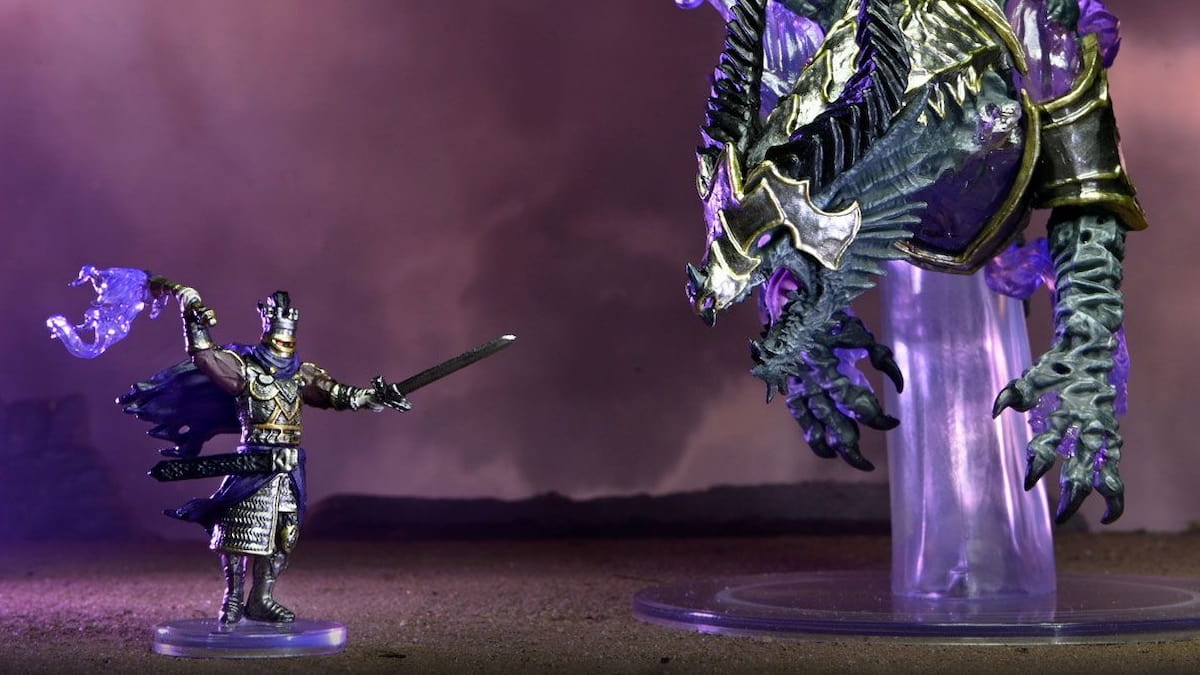
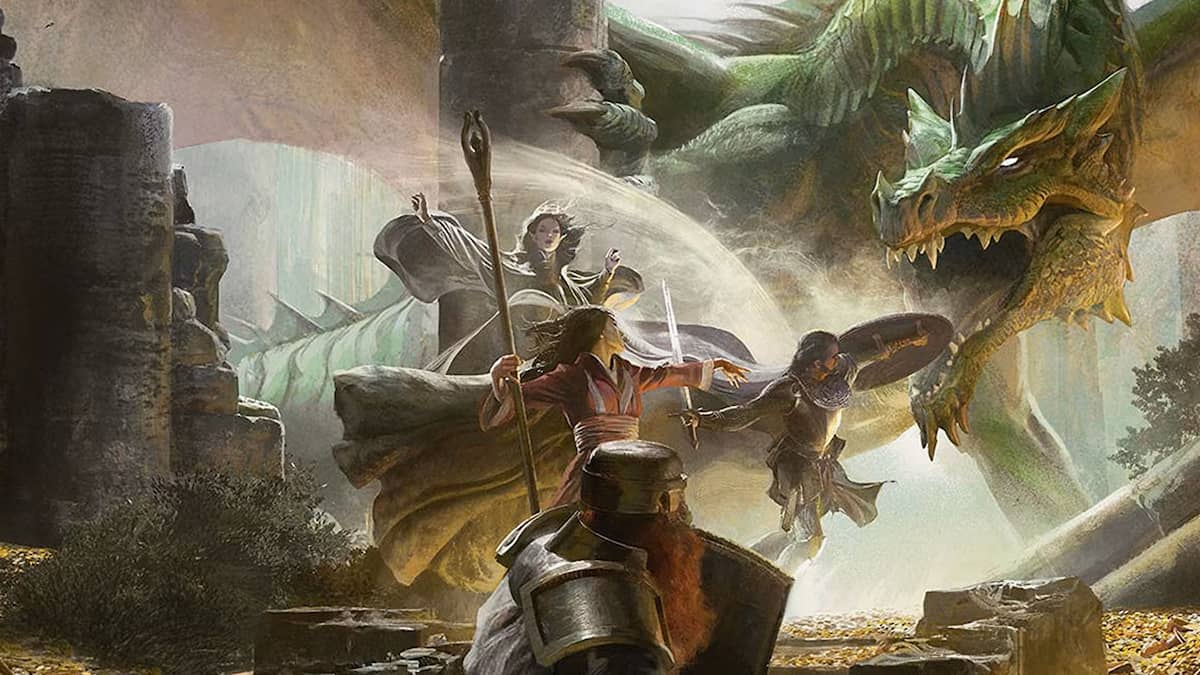
Published: May 1, 2023 07:01 am